Content:
Petunia is very popular with amateur gardeners. She pleases with abundant flowering and does not require much attention in the care process. However, some petunia diseases can completely destroy the plant. It is important to notice pests in time and take the necessary measures. You will not have to treat petunia if you regularly carry out preventive treatments. The activities are simple and not time consuming. With their help, it will be possible to achieve abundant and long flowering.
Why petunias have sticky leaves, what to do
Young shoots most often suffer, because they do not have the immunity of an adult plant. They are affected by rot and black midges. The situation is most often observed with a dense arrangement of seeds to each other. Also, do not water the seedlings too abundantly. The choice of soil plays an important role. The disease develops against the background of active reproduction of the fungus. When the first symptoms are found, you must immediately take action:
- The plant is eliminated along with the earth that is around it.
- Spray healthy bushes with a special preventive composition.
- Additionally, pay attention to the choice of irrigation system. Moisture and stagnant fluid provoke fungal growth.
The fungus can appear with sudden changes in temperature. It is called powdery mildew. White spots appear on petunia flowers and leaves. When the first symptoms appear, the affected processes are completely removed. As a preventive measure, spraying with a sulfur solution is used.
It can be difficult to completely get rid of a fungal infection. It is more convenient to take care of prevention in advance. To do this, you must adhere to the following scheme:
- Petunia pests cannot actively grow and develop in light soil.
- Before planting, the soil will need to be thoroughly steamed.
- Too dense planting of seeds is unacceptable.
- It is necessary to create optimal temperature conditions for the plant.
- Watering should be done in moderation, but not sparsely, taking into account the weather conditions.
- It is not allowed to apply a lot of fertilizers with nitrogen to the soil.
The main diseases of petunia and the fight against them are discussed below.
Blackleg
It affects petunia quite often. The stem turns black and soft. This is usually a consequence of a dense planting. The disease affects the shoot in case of excessive humidity or the beginning of an acid reaction in the soil. Unfortunately, there are no remedies to guarantee complete healing. However, amateur gardeners actively use drugs with oxadiccyl, metalxyl or mancoceba. They are able to help the plant fight a dangerous disease.
It is not recommended to place seedlings too closely during the planting process. When watering, a balance should be adhered to: both a lack and an excess of liquid are dangerous for petunias. Seedlings start growing quickly in neutral soil.
If the disease has already begun to manifest itself, it is recommended to immediately get rid of the affected shoots. Additionally, the composition of late blight is used.
Features of the course and treatment of gray rot
Diseases and pests of petunia begin to actively grow and develop with a lack of sunlight. Also, the situation can be provoked by a large amount of nitrogen in the soil.Gray rot is a dangerous ailment that occurs due to the accumulation of moisture in the soil or air. The fungus receives a favorable environment for its growth and development. It begins development from the roots and then moves to the shoot of the plant.
Brown spots appear on leaves and shoots. They begin to dry actively, a characteristic gray bloom appears in their place. All petunias may suffer over time. That is why diseases must be identified in time. To eliminate it, it is recommended to use the means integral and speed.
Manifestation of brown spot
The leaf of the flower acquires an unpleasant spotting due to excessive humidity. Bright brown spots appear on it. They can be prevented only by observing the basic rules of the watering process. Stagnation of moisture in the soil also plays a negative role. Regular spraying of shoots with a composition with copper helps to eliminate the disease. The procedure should be carried out at least twice a week. It is also used to eliminate the symptoms of the disease, spraying with ammonia diluted in water is used.
Powdery mildew on adult flowers
Powdery mildew is a specific white bloom that affects the leaves and stem. The disease is observed after a sharp change in temperature, the accumulation of a large amount of moisture in the soil. The plant's bushes should also receive adequate sunlight regularly.
You can avoid the disease by disinfecting the soil before planting. If the petunia has already been infected, the affected areas are removed along with the top of the soil. It is additionally recommended to add foundation or topaz to the soil.
Signs and treatments for chlorosis
With iron chlorosis of petunia, the leaves begin to actively turn yellow. Treatment should be started immediately. The disease develops against the background of a lack of iron in the soil or top dressing. To eliminate it, an immediate transplant or a properly selected fertilizer is necessary. Most often, ampelous varieties suffer from chlorosis. The disease is characterized by the following symptoms:
- Yellow and white spots appear on the petunia flowers.
- A noticeable reduction in leaf size. Additionally, they begin to curl.
- The shape of the flowers changes.
- The top of the branches becomes dry.
If a plant is infected with this disease, it stops growing completely. Measures must be taken immediately, otherwise the petunia will wither. The folk method of eliminating the disease is abundant watering with water with citric acid. This option is also used for prevention purposes. The owner is advised to prepare the composition according to the following recipe:
- 0.5 tsp iron sulfate.
- 0.5 tsp citric acid.
- 1 liter of water.
The resulting composition is used every time there is a need for watering. Thanks to this, it is possible to minimize the likelihood of liquid stagnation in the pot.
The main pests of the plant
- Whitefly is a small insect that can harm petunias. When infected, the host can observe a large number of beetles that fly out of the flower after being touched. When affected by this microorganism, yellowing and wilting of the shoots are observed. Confidor and actelit will help to cope with it. Whitefly disappears almost immediately after treatment.
- Aphids on petunias; how to deal with a pest you need to figure out right away, otherwise the flower will quickly die. The insect can be easily detected even with the naked eye. If there is aphid on the petunia, it will actively spread along the stem and leaves. Against this background, their deformation occurs. Soon the leaves begin to curl into a tube. A close inspection reveals black dots. What if the petunia gets sticky? It is recommended to spray with actara, decis or confidor.The first reason why petunia is sticky is aphids. It should be noted that there are plant varieties for which a sticky layer is considered the norm. However, most often the picture indicates infection with harmful parasites.
Aphids are "diagnosed" if the leaves become sticky and have small black dots. Special chemicals help to eliminate it. These can be purchased at any flower shop.
- Spider mites can significantly spoil the appearance of any flower. They are able to completely destroy the shoot in a few weeks. A detailed examination reveals a cobweb. Against this background, stickiness noticeably increases. The flower must be immediately treated with fungicides.
Petunia's sticky leaves can be due to nutritional deficiencies. In this case, the petunia is transferred to a larger vessel and active monitoring of the change in the state of the leaves is continued.
Prevention methods
Petunia requires proper attention and care. If you follow all the rules, you do not have to think about what to do if it has become sticky. First of all, you will need to study information about possible pests and the nature of their manifestation. Also, the owner must follow the following rules:
- The plant grows well in neutral soil. It shouldn't be heavy or sour.
- Adequate distance between seedlings.
- Correct watering.
Knowing what to do if the petunia has sticky leaves can save the plant. Attention should also be paid to the nitrogen level in the soil. Moisture should not stagnate, this leads to acidification of the soil. Simple tips will ensure long flowering of petunias. She will delight the owners all season, without having to devote much time to caring.
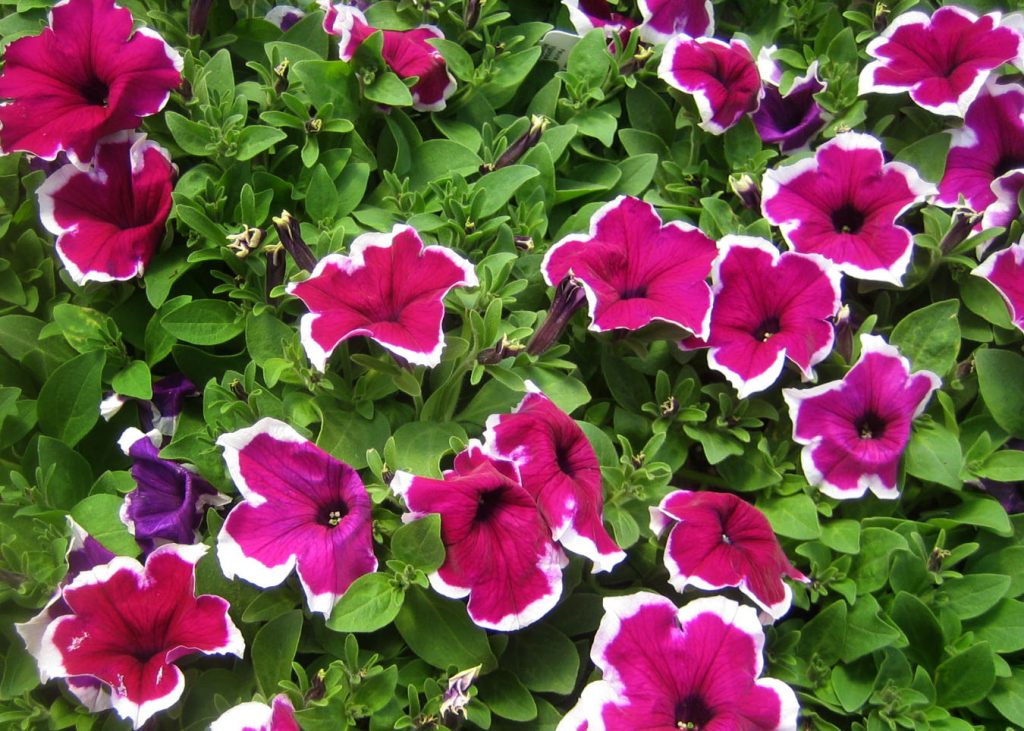
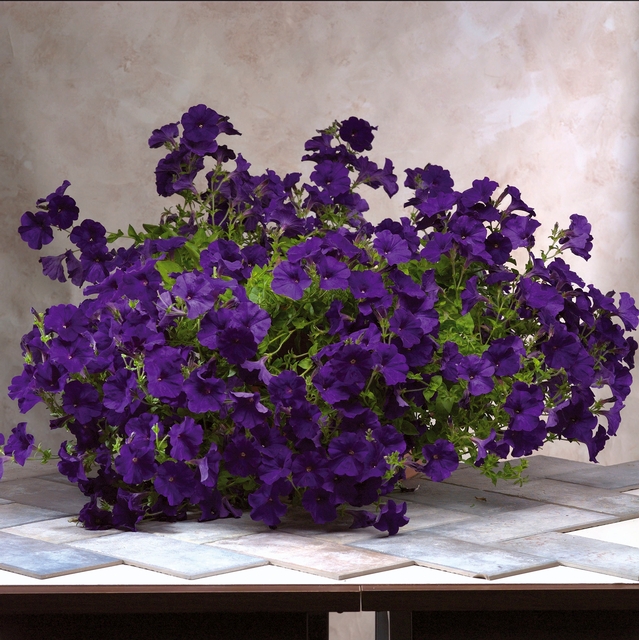
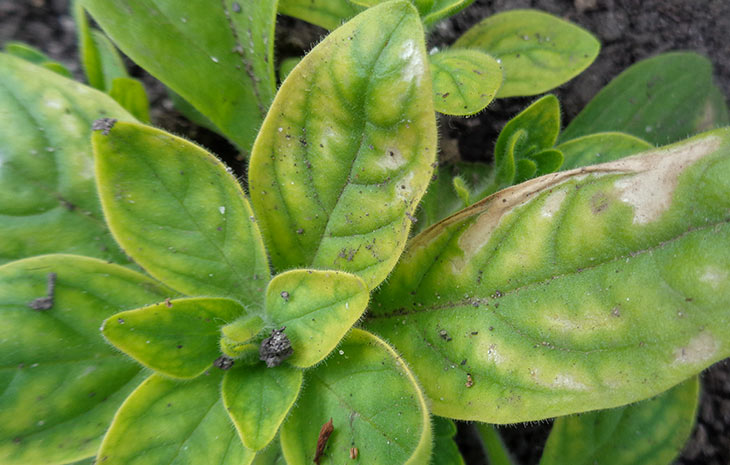
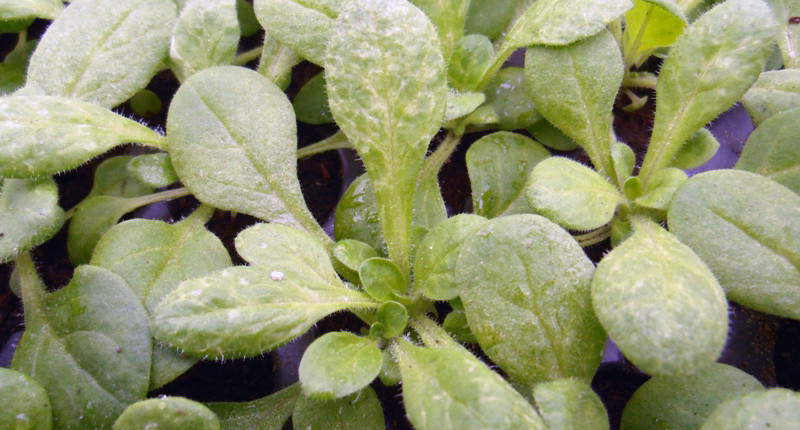
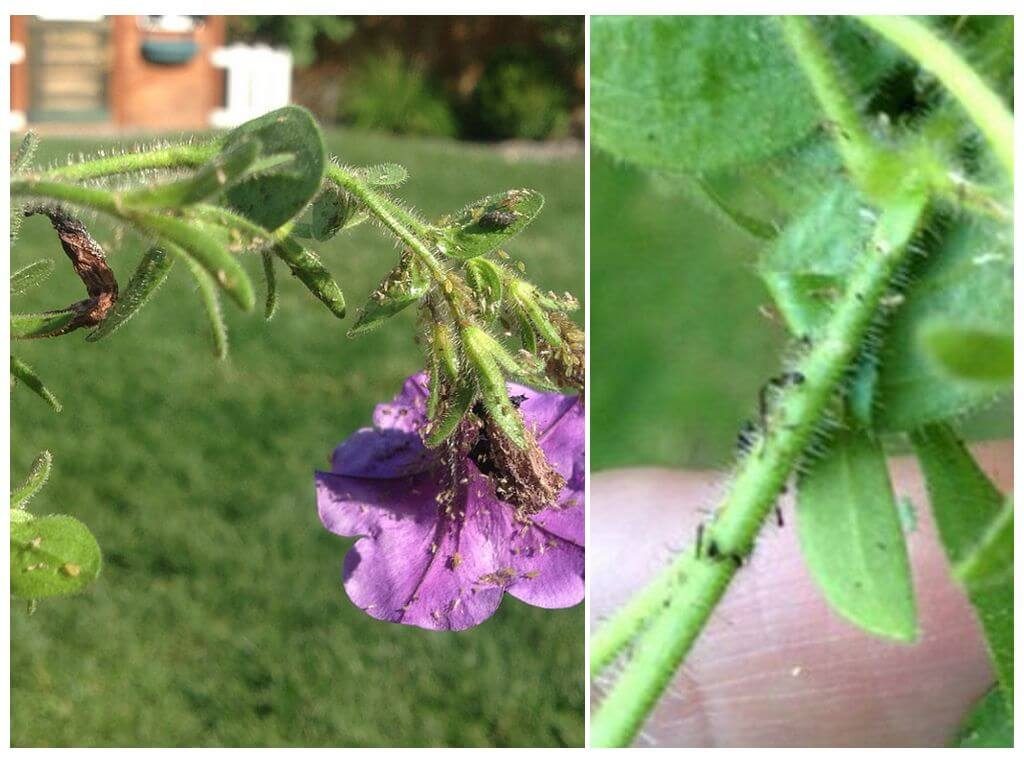
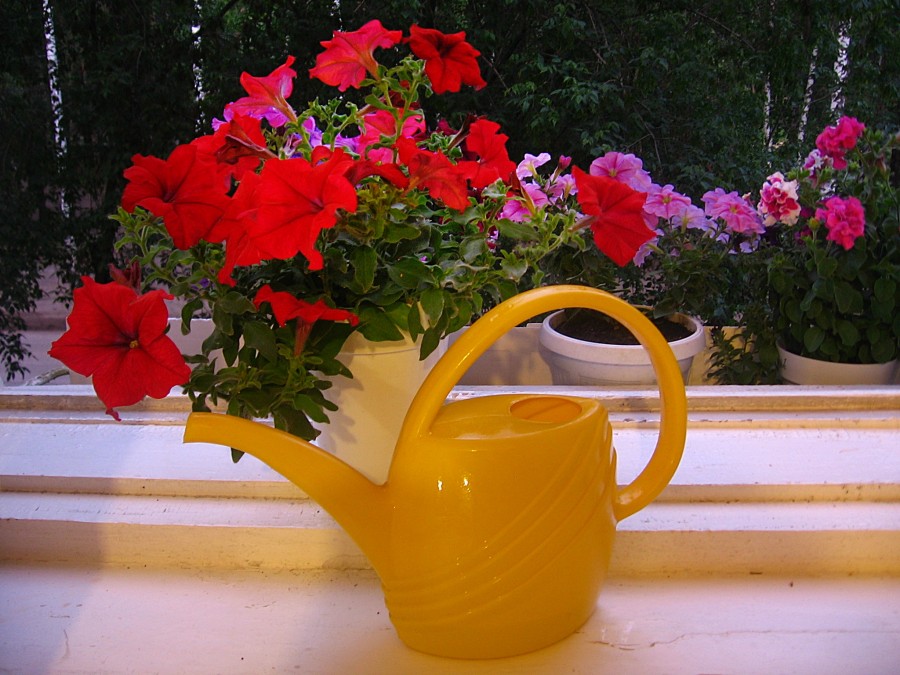

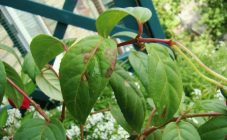
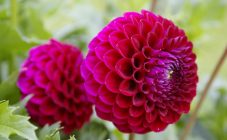
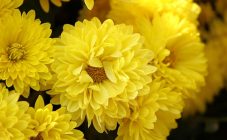
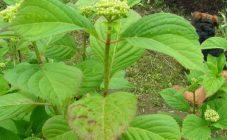
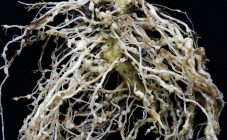







Good afternoon, I ask for help.
My petunia's leaves are bumpy and deformed. I can send the photo by mail
Thanks in advance!